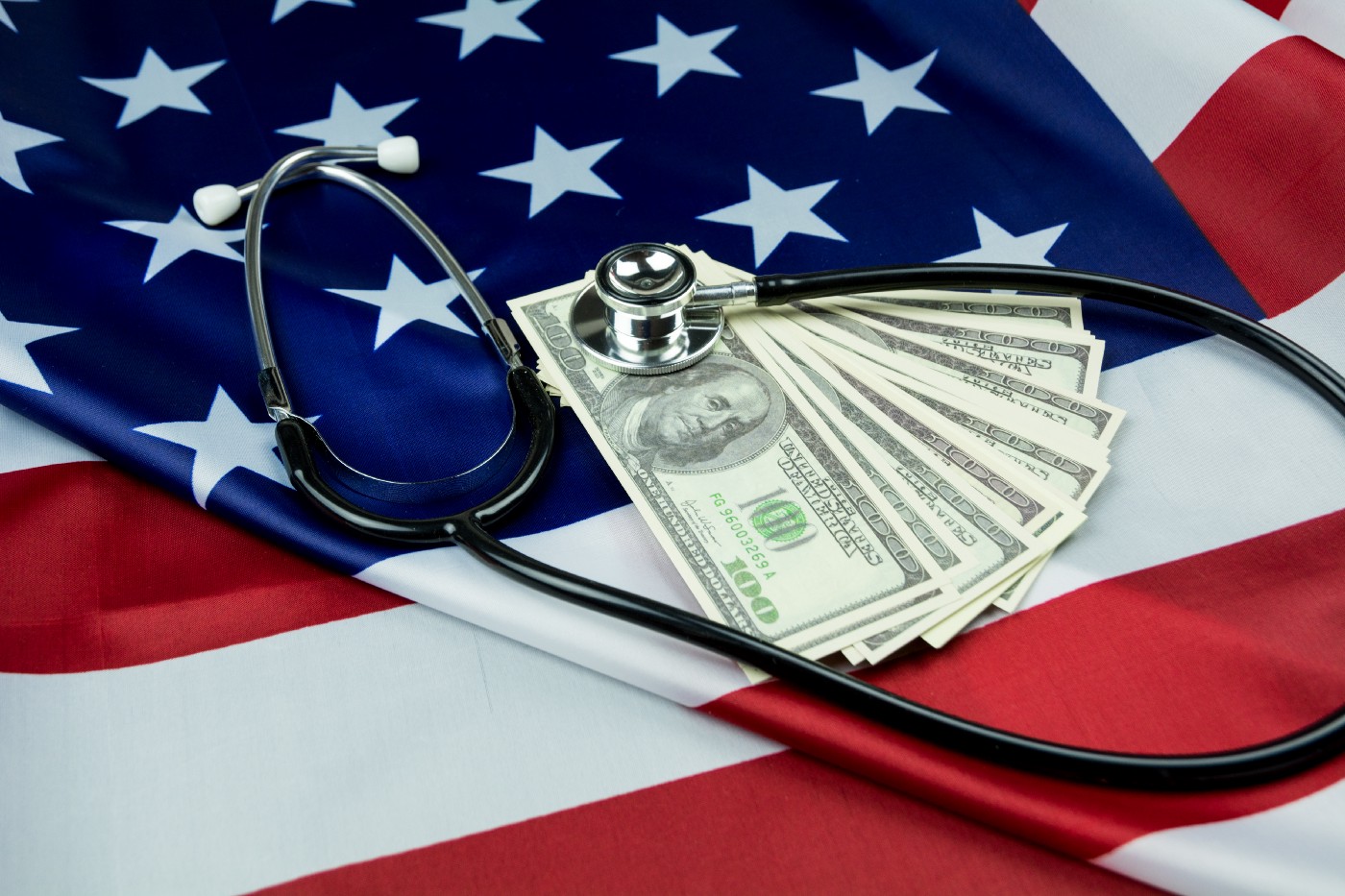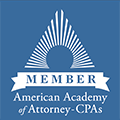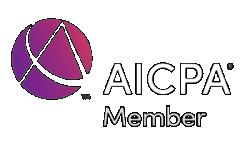Many accountants and tax consultants recommend business owners who received Paycheck Protection Program (PPP) relief loans to hold off completing their forgiveness forms.
Already, the rules about which loans qualify for forgiveness have shifted several times. Some tax pros predict that in the end, many businesses won’t need to fill out any forms at all to get the PPP forgiveness benefit.
Let’s take a look at what’s happened so far concerning this complicated government benefit.
PPP History
PPP loans were a significant component of Public Law 116-136. This is the legislation passed by Congress to mitigate the financial repercussions caused by widespread shutdowns as the nation contends with a safe response to the coronavirus pandemic.
The loans, processed through the Small Business Administration (SBA), were intended to provide funds to small businesses to retain employees and continue operating. Ideally, most businesses should be able to have all or some of their loans forgiven.
The PPP program ran from the end of March through August 8, 2020. Now that applications are no longer being accepted, businesses face a confusing, constantly changing process for forgiving their loans.
PPP Loan Forgiveness Rules Keep Shifting
While the SBA has been reaching out in recent weeks to borrowers, encouraging them to apply for forgiveness, it appears the process is not working smoothly. Several factors are at play, but one of the most significant contributing issues adding to the confusion is shifting rules and announcements made by Congress and the SBA itself.
By the end of August 2020, the US Treasury and the SBA had issued more than 20 interim final rules and new guidance on interpreting various program elements. Yet, questions remain. Chief among them:
- Which costs count as qualifying expenses for loan forgiveness?
- Can expenses paid for with PPP funds be deducted on federal taxes?
- What documents are required to prove PPP funds were used as intended?
- How should businesses calculate income and expenses?
The SBA and Treasury departments have sent conflicting information in answer to each of these questions. In the meantime, Congress continues to produce new bills that will impact forgiveness eligibility and processing.
For example, under bipartisan bills, HR 7777 and S. 4117, borrowers who borrowed less than $150,000 would need only to assert that they had complied with the program. If passed, businesses wouldn’t need to go through a complicated process to prove how they had spent their loans.
Two changes made since the program started seem likely to remain in place:
- Recipients only need to use 60 percent of the loan for payroll, versus the original 75 percent, to qualify for forgiveness.
- The period of loan forgiveness has been extended from eight weeks to 24 weeks.
At least in some cases, reaction to the loan forgiveness timetable change has been unfavorable. Small businesses have expressed frustration that loan limits didn’t increase along with the extended timeframe. Theoretically, a loan designed to get businesses through 24 weeks should be three times larger than one meant to last eight weeks.
This change has been met with even more questions. For example, should businesses pay only one-third of employees’ salaries if they need to stretch the funds through 24 weeks?
Looking Ahead
As borrowers look ahead to the coming months, they’ll ultimately need to decide how to handle PPP loan forgiveness. For now, the safest bet may be to keep an eye on the SBA website. The agency continually updates a list of frequently asked questions about the loan program.





